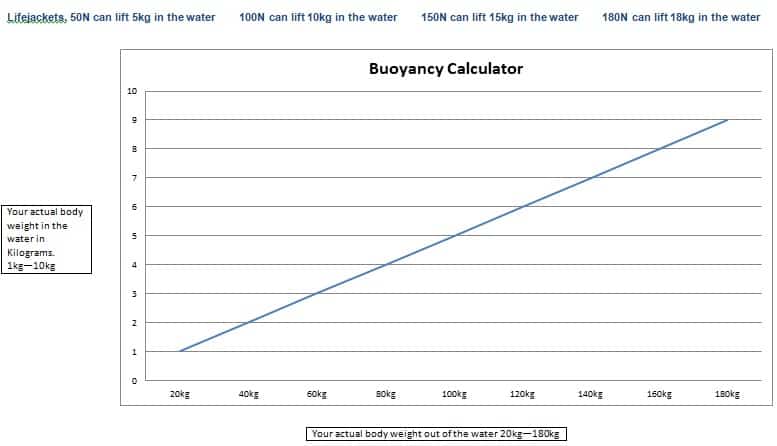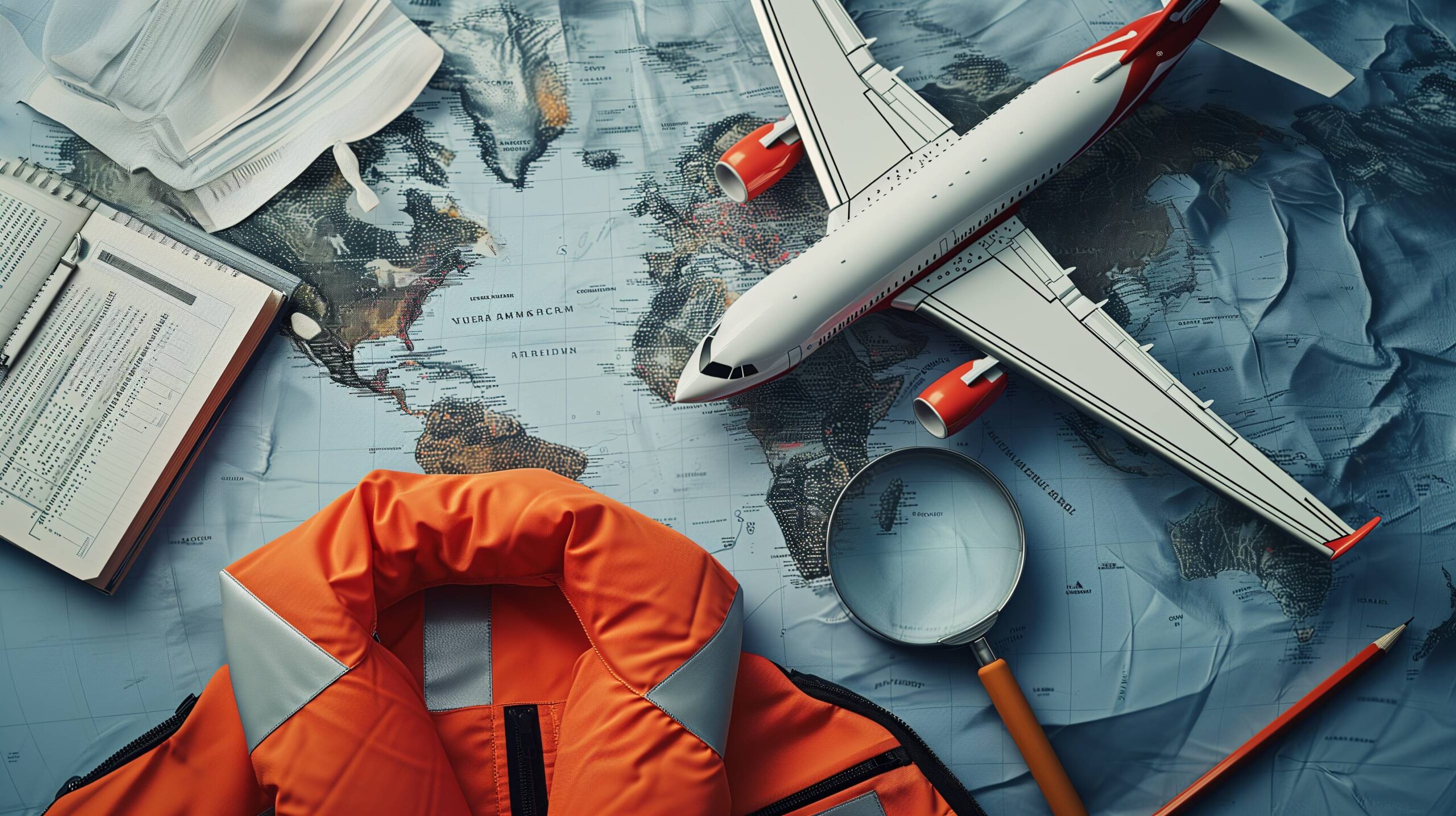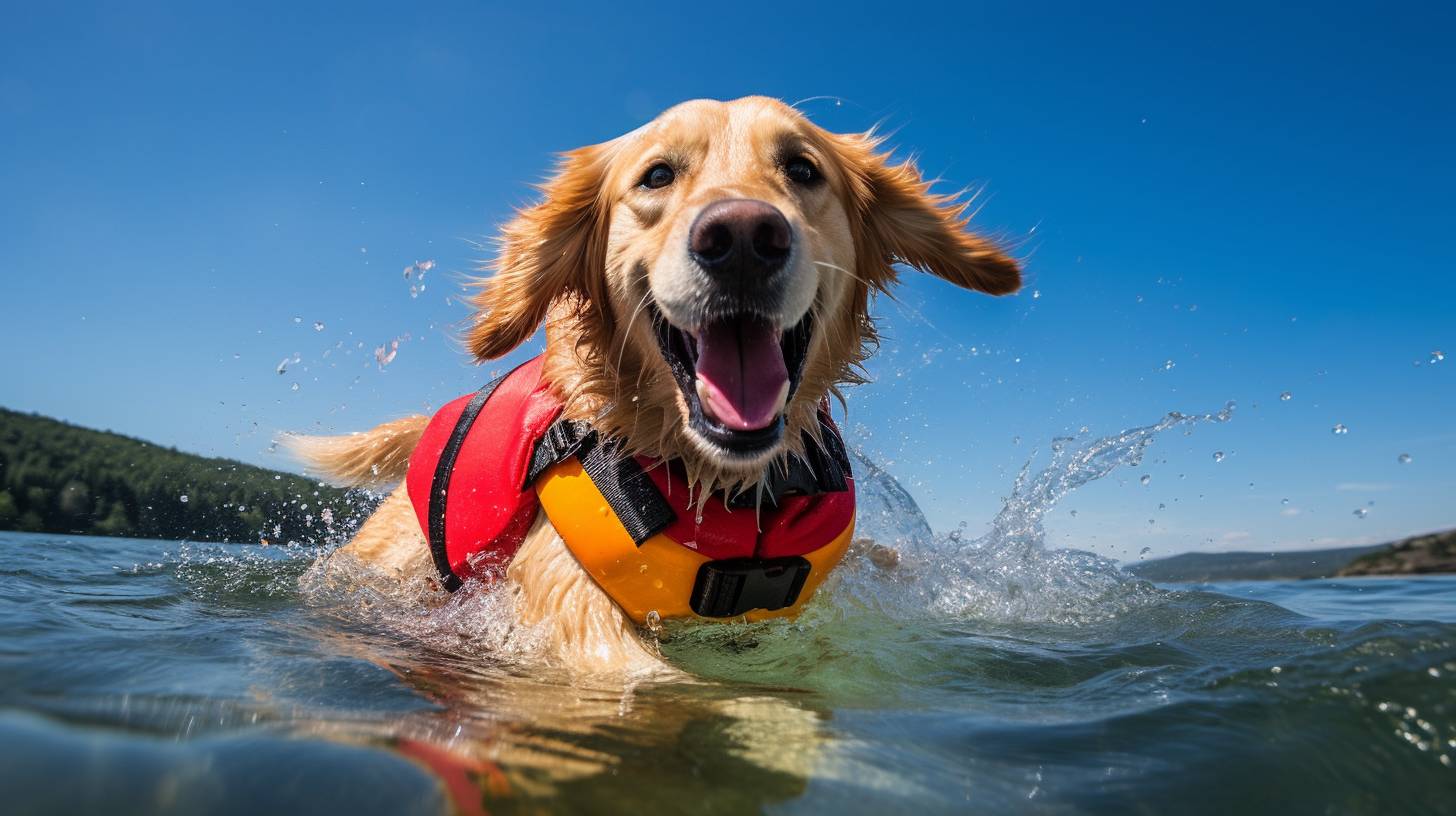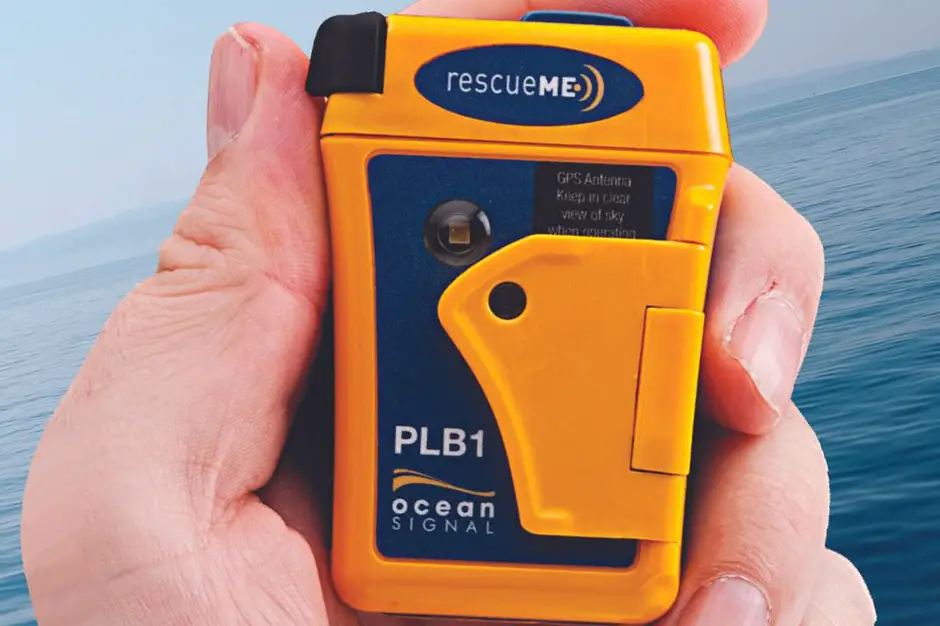
What is buoyancy and life jacket buoyancy calculator.
Life jackets are important equipment when out on the water. You could be boating, white water rafting or kayaking, or even just standing near a body of water. Water sports can be very dangerous and at times fatal when it comes to unexpected situations like the capsizing of a boat or a kayak. In such a situation, a life jacket that is rated for your weight will help you to keep afloat and stay safe until help comes.
It’s crucial to know the buoyancy of your lifejacket, to make sure you are safe when in the water. There are three main factors that decide how much buoyancy a lifejacket has. In this article, we will explain how to calculate the buoyancy of a life jacket, and discuss the different types of pfd options available to you, so that you can choose the one most suitable for you.
The lifejacket’s buoyancy is the force that pushes a person to the surface of the sea and is measured in Newton. 10 Newton correspond to buoyancy of 2.2 pounds or 1kg. A person of 220 pounds (100kg) weighs only 11 pounds (5kg) in the water.
Looking at all the different sizes of an adult and younger people, fit and muscular individuals will need more force or buoyancy to keep you afloat than those with a higher percentage of body fat. Other factors that determine the amount of buoyancy needed are lung size, fresh water, fresh water salt water and clothing being worn including boots. Boots in some cases can be quite heavy.
How is buoyancy calculated for a PFD?
How to calculate is explained as follows: the 80% of a person’s weight is water 176 Pounds (80kg), which has no weight in the water, and about 15% is fat 33 pounds (15kg), which is lighter than water. Consequently, by subtracting the weight of the body’s water and fat from the total body weight, we end up with the real weight of a person in the water that is 11 pounds (5 kg).
So a 150N Inflatable Lifejacket can lift 33 pounds (15kg) of dead weight in the water which is around 2 to 3 people.
Keep in mind people this calculation is without clothes on. So please add a few pounds for clothes shoes and coats and also the material used in these clothing add weight.
Choosing between different types
Here’s a guide to selecting, fitting and using various types of life jacket, vests and personal flotation device.
There are many ratings of life jacket types and sizes with minimum and maximum ratings.
Buoyancy aids at level 50 are recommended for use by swimmers in sheltered waters or by those doing watersports where help is close at hand. However, they do not have sufficient buoyancy to protect a person who is unable to help themselves. They are not designed to turn a person from a face-down to face up position in the water.
Because of their buoyancy, all adults, regardless of their size, have a net weight of about 4kg to 9kg when immersed in water.
Buoyancy aids and level 100 lifejackets, however, come in a range of sizes from baby to adult XXXL. Make sure you get one that fits properly.
How much buoyancy do I need in a life jacket to stop you from being submerged?
This depends on the activity you are using it in and the type of water (salt, fresh) Salt water has more lift as it is thicker than fresh water. Using the same lifejacket in salt water you will keep you afloat easier and keep your body higher out of the water.
What Factors Should I Consider When Inspecting a Life Jacket’s Buoyancy?
Life jacket inspection guidelines are crucial when evaluating buoyancy. Check for the jacket’s ANSI or USCG approval, ensuring it’s appropriate for the intended activity. Assess the buoyancy rating to match the wearer’s weight and activity level. Examine the material, ensuring it is free from tears or damage. Finally, ensure proper fit and adjustable straps for a secure, comfortable experience.
What does 50N, 100N, and 150N mean on lifejacket?
50N equals 5kg of dead weight of lift.
100N equals 10kg of dead weight of lift.
150N equals 15kg of dead weight of lift.
Now myself an average adult, and the type of personal flotation device I need. I’m 97kg, with a bit of Covid fat. So I weigh around 5kg in the water naked. Winter clothes and boots may add 5kg so all up weight is around 10kg. My minimum choice of life jacket is to have a buoyancy pounds if lift of around 15kg. (150N) This bigger buoyancy will keep me afloat and give me a buffer for bad weather conditions or if I fall unconscious.
Inherently buoyant – Or fixed foam
Offers flotation without having to inflate anything. This is by far the most common style of life jacket for kids and adults and will float on its own with the help of a material like foam. Bulkiest out of the three but provides the most reliability.
• May turn unconscious wearer face up
• Requires little maintenance
• Good for non-swimmers
• Good flotation
• Less bulky than offshore vests
Lifejackets for Children Fixed Foam.
• Designed for possible immersion
• May not turn unconscious wearer face up
• Requires little maintenance
• May have special safety features for children
Inflatable
This type has a chamber that is filled with air. Manual and automatic inflation is available. Inflatable life jackets should not be used by anyone under (40Kg) 88 pounds. While it’s the most compact, it requires regular inspection. These Inflatable type are becoming more popular with boaters,
Manual Inflatables
• Only inflates upon manual activation
• Comfortable and cool
• May turn unconscious wearer face up
• Requires regular maintenance
• Not for children under 16 or non-swimmers
• Not for sports where immersion is expected (whitewater paddling, waterskiing, etc.)
Auto Inflatables
• Inflates automatically upon immersion or manual activation
• Comfortable and cool
• May turn unconscious wearer face up
• Requires regular maintenance
• Not for children under 16 or non-swimmers
• Not for sports where immersion is expected (whitewater paddling, waterskiing, etc.)
Inflatable Vest Type
• Inflates automatically upon immersion or manual activation
• Includes pockets and straps for supplies and tackle
• May turn unconscious wearer face up
• Requires regular maintenance
• Not for children under 16 or non-swimmers
• Not for sports where immersion is expected (whitewater paddling, waterskiing, etc.)
Hybrids and Children Hybrids –
Consists of a buoyant foam material as well as an inflatable chamber. The hybrid type are popular with rock fisherman. Considered reliable but and requires regular inspection.
• Inherently buoyant, also inflates automatically upon immersion or manual activation
• Requires regular maintenance
• May turn unconscious wearer face up
• Not for sports where immersion is expected (whitewater paddling, waterskiing, etc.)
Flotation Aid
• Comfortable
• Stylish
• Requires little maintenance
• May not turn unconscious wearer face up
Vest Type Flotation Aid
• Designed for possible immersion
• May not turn unconscious wearer face up
• Requires little maintenance
• Rugged construction
• Designed for waterskiing or other high impact, high speed activities
Touring & Whitewater Paddling Jacket
• Intended for canoeing, kayaking, rafting, and whitewater activities
• Special fit allows for freedom of movement
• May not turn unconscious wearer face up
• Requires little maintenance
Offshore Vest
• Intended for boating offshore, open water, and coastal cruising
• Offers the most flotation
• May help prevent hypothermia
• Bulky
• Designed to turn an unconscious person face up
Life jackets are important equipment when out on the water. You could be boating, white water rafting or kayaking, or even just standing near a body of water. Water sports can be very dangerous and at times fatal when it comes to unexpected situations like the capsizing of a boat or a kayak. In such a situation, a life jacket that is rated for your weight will help you to keep afloat and stay safe until help comes.
It’s crucial to know the buoyancy of your lifejacket, to make sure you are safe when in the water. There are three main factors that decide how much buoyancy a lifejacket has. In this article, we will explain how to calculate the buoyancy of a life jacket, and discuss the different types of pfd options available to you, so that you can choose the one most suitable for you.
In conclusion – you must pick a life jacket that is appropriate for your body weight, shape, and type of activity you are doing.
As you can see, you should consider your weight and shape when choosing a pfd that is appropriate for your body type. Also keep in mind what activity will be done while wearing it. Calculating the buoyancy that is required makes sure you pick out an appropriate life vest for whatever activities you’re going to partake in- kayaking, boating offshore, or canoeing!
Choosing the right life jacket for your needs is important, and it can be tough to find one that fits well and provides all of the features necessary for a given activity. Consider the manufacturing material options when choosing which style will work best with your body weight and shape!




Leave a Reply